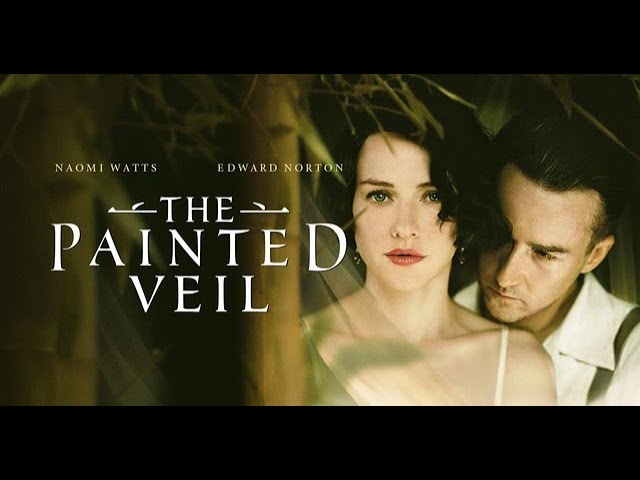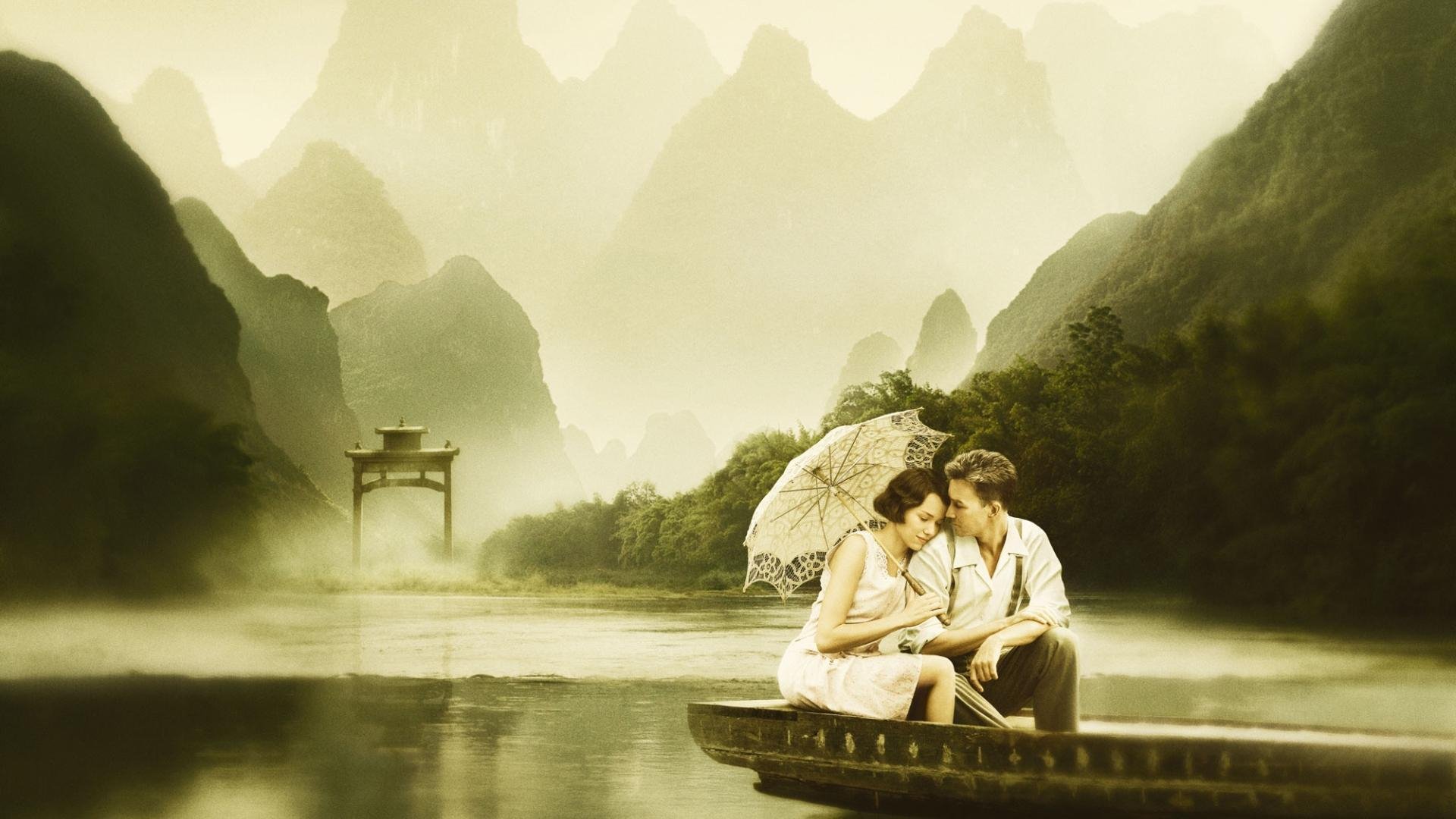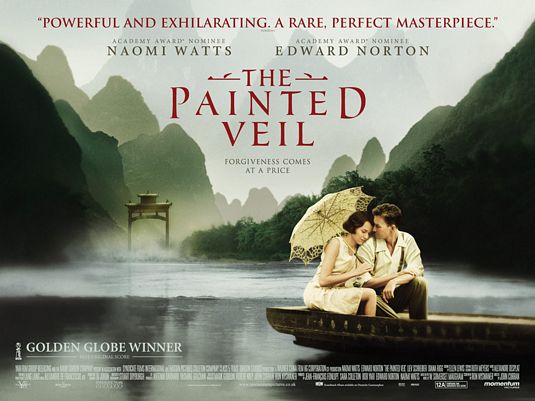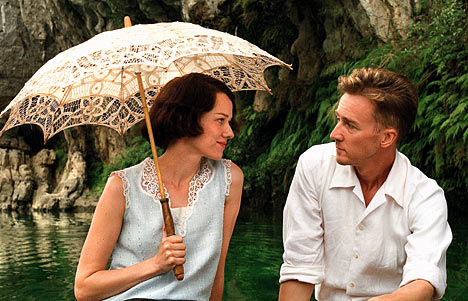The Painted Veil (2006)

The Painted Veil (2006), directed by John Curran and based on the novel by W. Somerset Maugham, is a beautifully crafted period drama that explores themes of love, betrayal, and redemption. Set in 1920s China, the film stars Naomi Watts as Kitty Fane, a young woman trapped in a loveless marriage to the emotionally distant doctor Walter Fane (Edward Norton). When Walter discovers Kitty’s infidelity with a British diplomat, he decides to take her with him to a cholera-ridden region of China, where he is sent to combat the outbreak. As the two embark on this tumultuous journey, Kitty’s perspective on life, love, and her marriage undergoes a profound transformation.

The film’s strength lies in its compelling performances and rich emotional depth. Naomi Watts delivers a nuanced portrayal of Kitty, capturing the character’s evolution from a naive and selfish woman to one who experiences a deep personal awakening. Watts beautifully conveys Kitty’s internal struggle as she navigates her guilt, self-discovery, and the complexities of her relationships. Edward Norton’s portrayal of Walter, a man consumed by duty and intellectualism, is equally impressive. His reserved and stern exterior hides a man deeply conflicted by his feelings for Kitty, and the slow unraveling of his character adds layers to the story. The chemistry between Watts and Norton feels authentic, especially as their characters’ evolving dynamic becomes central to the plot.

Set against the stunning backdrop of 1920s China, the film’s cinematography is both haunting and captivating. The lush landscapes, combined with the grim setting of a cholera-stricken village, create a stark contrast that mirrors the emotional journeys of the characters. The visual style, with its soft lighting and intimate close-ups, draws the viewer into the inner lives of Kitty and Walter, making their emotional turmoil all the more palpable.
The Painted Veil is not just a story of infidelity, but a tale of personal transformation. As Kitty comes to terms with the consequences of her actions and learns the true meaning of love and sacrifice, the film explores the depth of human emotion in the face of hardship. The narrative unfolds slowly, allowing for quiet moments of reflection that bring out the complexity of the characters’ relationships. The underlying themes of forgiveness, self-awareness, and the resilience of the human spirit are explored with delicacy and maturity.

While the film is a deeply emotional and beautifully shot period drama, its pacing may be slower for some viewers, and the focus on the emotional aspects might feel overwhelming to those expecting more traditional cinematic action. However, for those who appreciate character-driven narratives and the exploration of complex human emotions, The Painted Veil is a powerful and poignant film.
Overall, The Painted Veil is a visually stunning and emotionally compelling film, elevated by standout performances from Naomi Watts and Edward Norton. Its meditation on love, regret, and personal growth is moving and thought-provoking, making it a standout in the genre of romantic dramas.











